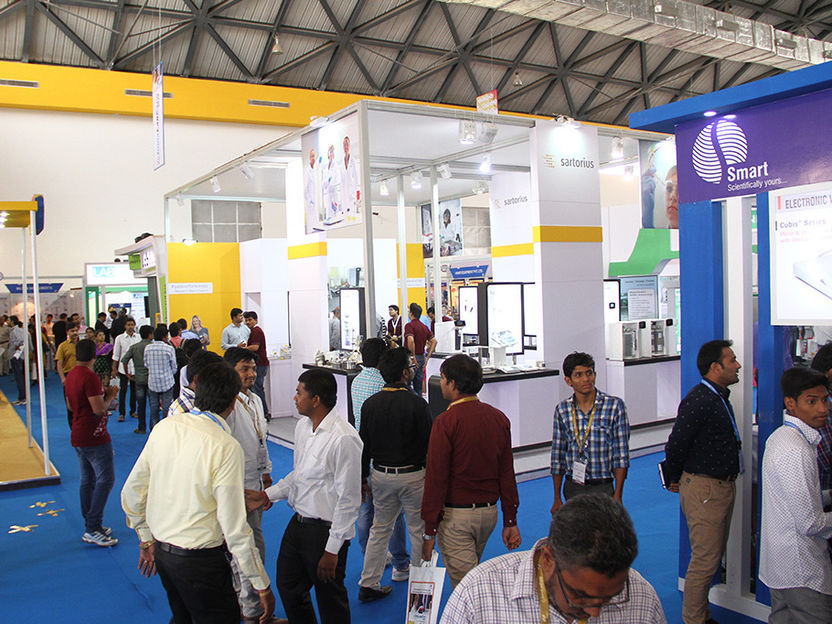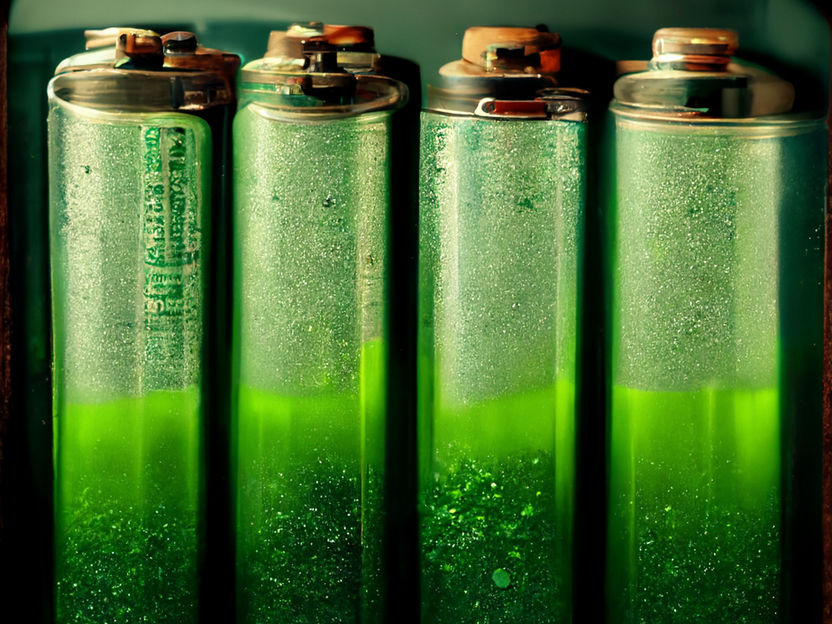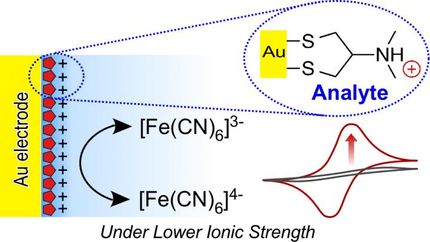Glacial melting may release pollutants in the environment
Those pristine-looking Alpine glaciers now melting as global warming sets in may explain the mysterious increase in persistent organic pollutants in sediment from certain lakes since the 1990s, despite decreased use of those compounds in pesticides, electric equipment, paints and other products. That's the conclusion of a new study, scheduled for the Nov. 1 issue of ACS' Environmental Science & Technology.
In the study, Christian Bogdal and colleagues focused on organic pollutants in sediment from a model body of water –– glacier-fed Lake Oberaar in the Bernese Alps, Switzerland –– testing for the persistent organic pollutants, including dioxins, PCBs, organochlorine pesticides and synthetic musk fragrances. They found that while contamination decreased to low levels in the 1980s and 1990s due to tougher regulations and improvements in products, since the late 1990s flow of all of these pollutants into the lake has increased sharply. Currently, the flow of organochlorines into the lake is similar to or even higher than in the 1960s and 1970s, the report states.
The study attributed the most recent spike in the flow of pollutants into Lake Oberaar to the accelerated release of organic chemicals from melting Alpine glaciers, where contaminants were deposited earlier and preserved over decades. "Considering ongoing global warming and accelerated massive glacial melting predicted for the future, our study indicates the potential for environmental impacts due to pollutants delivered into pristine mountainous areas," Bogdal said.
Original publication: Ch. Bogdal et al.; "Blast from the Past: Melting Glaciers as a Relevant Source for Persistent Organic Pollutants", Environ. Sci. Technol. 2009
Other news from the department science

Get the chemical industry in your inbox
By submitting this form you agree that LUMITOS AG will send you the newsletter(s) selected above by email. Your data will not be passed on to third parties. Your data will be stored and processed in accordance with our data protection regulations. LUMITOS may contact you by email for the purpose of advertising or market and opinion surveys. You can revoke your consent at any time without giving reasons to LUMITOS AG, Ernst-Augustin-Str. 2, 12489 Berlin, Germany or by e-mail at revoke@lumitos.com with effect for the future. In addition, each email contains a link to unsubscribe from the corresponding newsletter.
Most read news
More news from our other portals
Last viewed contents
Ionic liquid formulation for safer herbicide

Analytica Anacon India and India Lab Expo 2016 in the starting blocks - Ninth edition expected to bring together more than 8,500 trade professionals




























































